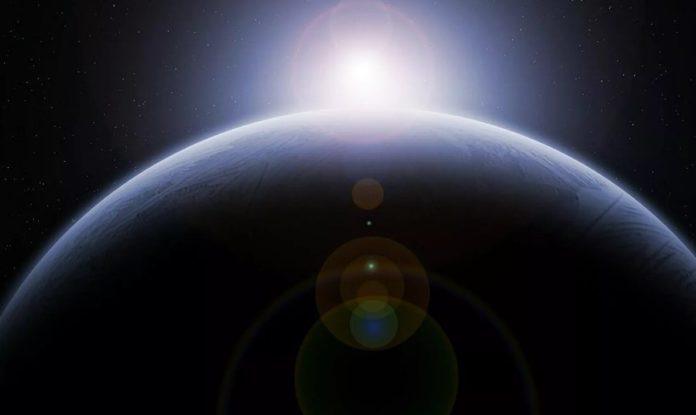A super-Earth exoplanet orbiting at a distance near to habitable has been discovered thanks to the tiny motion of a small star.
Astronomers have confirmed the presence of an exoplanet just 4 times the mass of Earth orbiting a faint red dwarf called Ross 508, which is only 36.5 light-years distant (but too faint to be observed with the human eye). Based on what we know about the mass limits of planets, this means that the world is probably terrestrial, or made of rocks, and not gaseous.
Ross 508 b, the exoplanet discovered by the NAOJ Subaru Telescope in Hawaii, is unlikely to be habitable for life, but the discovery shows the effectiveness of the techniques used to locate small planets near dim stars.
Ross 508 b is the campaign’s first exoplanet, and it’s a promising one, according to astronomer Hiroki Harakawa of the Subaru Telescope. The exoplanet has a mass of roughly 4 times that of the Sun and orbits it every 10.75 days.
This is significantly closer than Earth’s orbit; yet, Ross 508 is much smaller and fainter than the Sun. The star radiation that reaches Ross 508 b at that distance is only 1.4 times that which reaches Earth. This means that the exoplanet is very close to the edge of the habitable zone around its star.
The discovery has a bright future ahead of it. Ross 508 b, for example, transits its star. TESS, which was pointed at the star’s sector of the sky in April and May of this year, may have collected enough transit data for astronomers to determine whether the exoplanet has an atmosphere. Scientists can use such data to characterize the atmospheres of worlds that may be more habitable.
Furthermore, Ross 508 is one of the smallest, faintest stars with an orbiting globe discovered using radial velocity, with a mass of 18 percent that of the Sun. This means that future infrared radial velocity studies could reveal a large number of exoplanets orbiting faint stars, as well as the diversity of their planetary systems.
The team’s work has been accepted for publication in the Publications of the Astronomical Society of Japan, and it may be found on arXiv.
Image Credit: Getty
You were reading: Astronomers Discover New Super-Earth Orbiting A Red Dwarf
